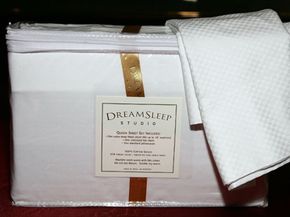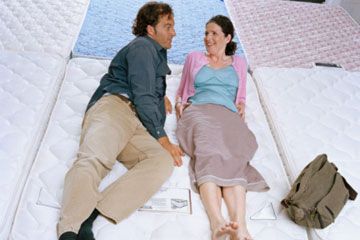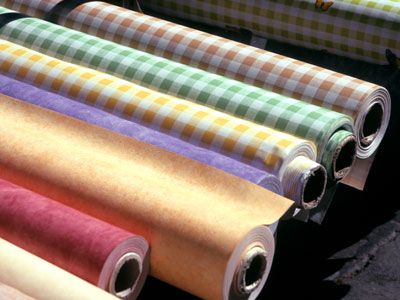You might suspect thread count is simply a marketing ploy to make Egyptian cotton sheets sound more luxurious. But it's really a scientific term, with strict federal standards on how those threads are counted. So, what is a good thread count for sheets?
Technically, thread count means the number of threads woven together in a square inch. You count both lengthwise (warp) and widthwise (weft) threads. 100 lengthwise threads woven with 100 widthwise threads produce a thread count of 200.
Advertisement
Thread count has become a buzzword. The assumption is generally that the more threads you weave together, the softer and finer the fabric. But that's not always the case. For instance, a thread count of 200 is good and 400 is softer. Anything above 400, though, will likely only provide a higher price tag.




